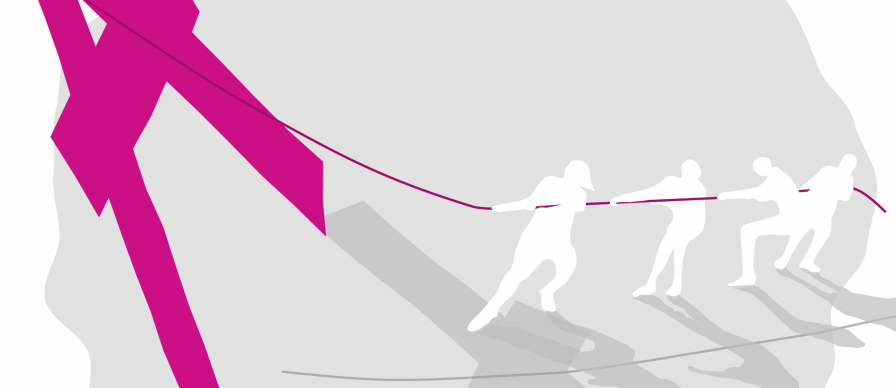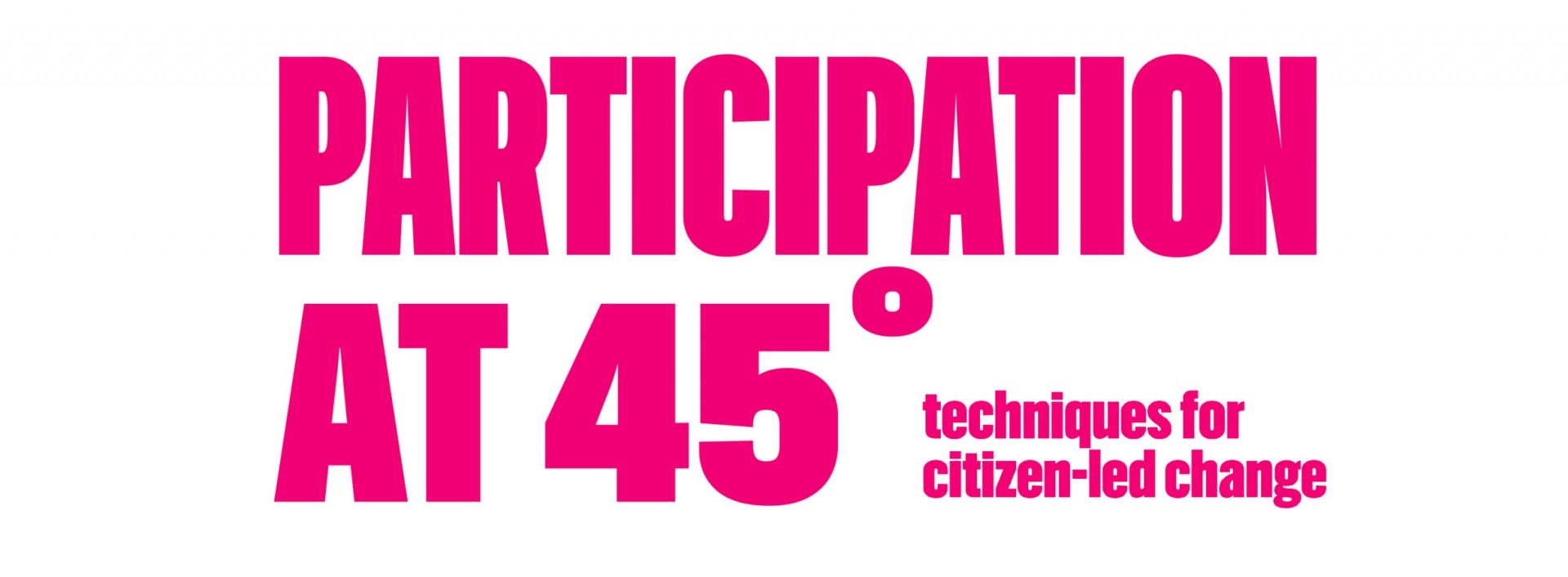In the pamphlet, Nick explains how community organising emphasises ‘power with’ rather than ‘power over’ – ‘relational power’ as distinct from ‘dominant power’ – with leadership seen as distributed amongst people rather than over people.
The pamphlet explores how relational power is built through multiple one-to-one dialogue, which identifies common and divergent interests; and proposes that, for civil society to be able to counter-balance the state and market, it has to build its own form of power – be it by campaigning for affordable housing, cleaner air, better services, combating climate change or any number of concerns.

Power, in the context of community organising is built through the organisation of people; whether that be through institutions or through working with people in neighbourhoods. This work places an emphasis on the importance of relational power.
When engaging power holders, community organising campaigns such as the living wage typically deploy rigorous research and planning. The pamphlet highlights the successful use of a resident charter to secure a community land trusts on the Olympic Park as one example of this organising approach.

Read ‘Participation at 45˚: Techniques for Citizen-led Change’ in full by clicking HERE.
Visit Compass Online HERE.





